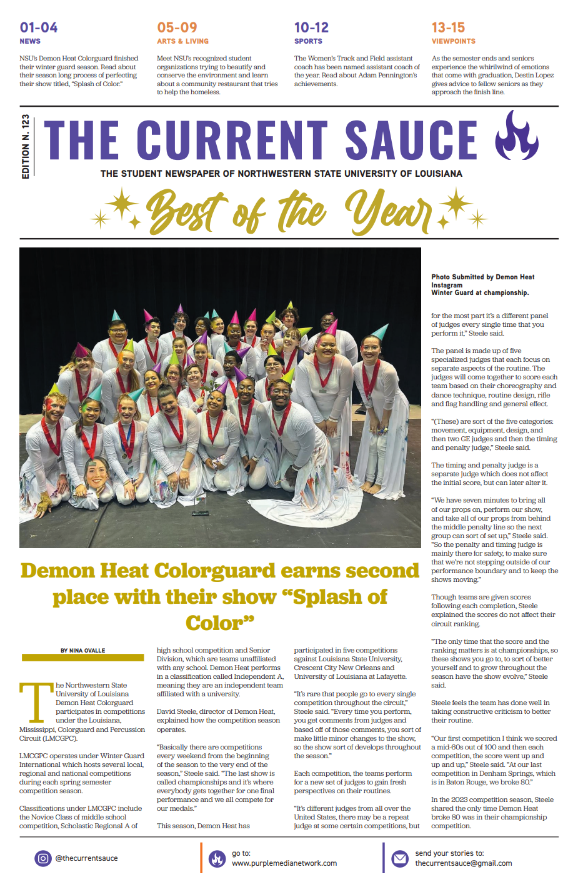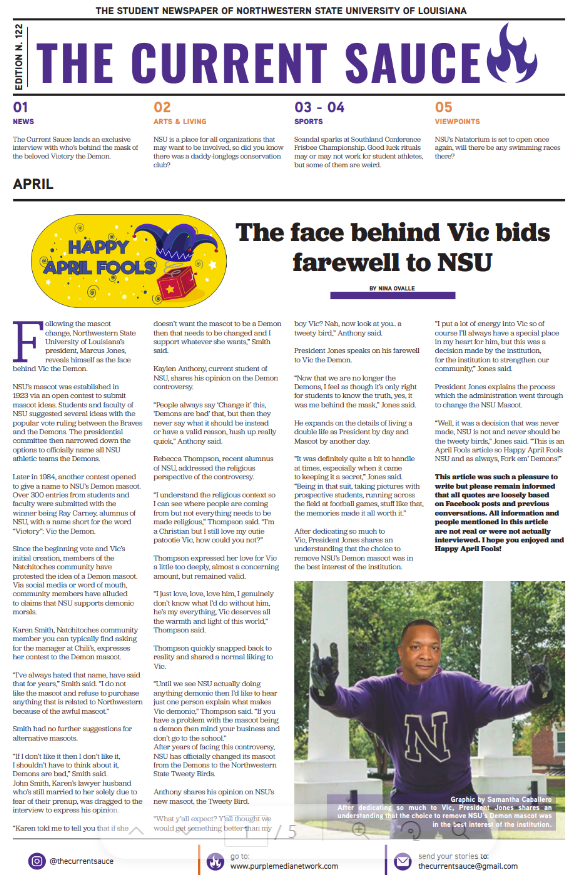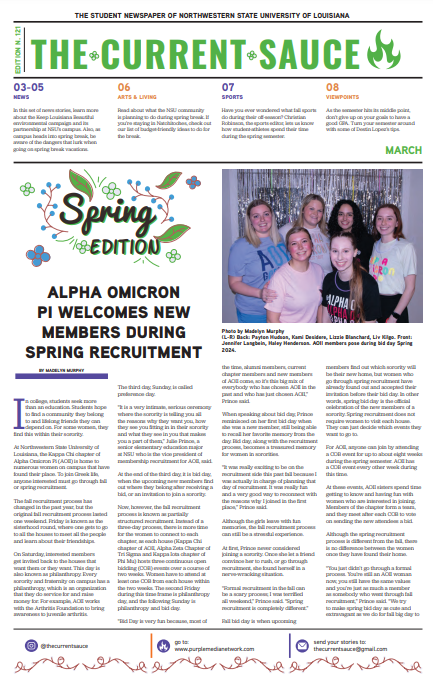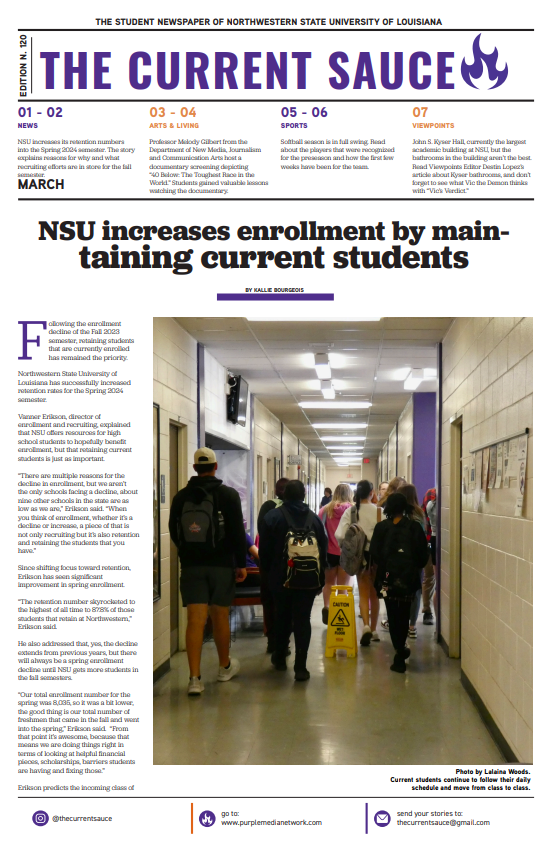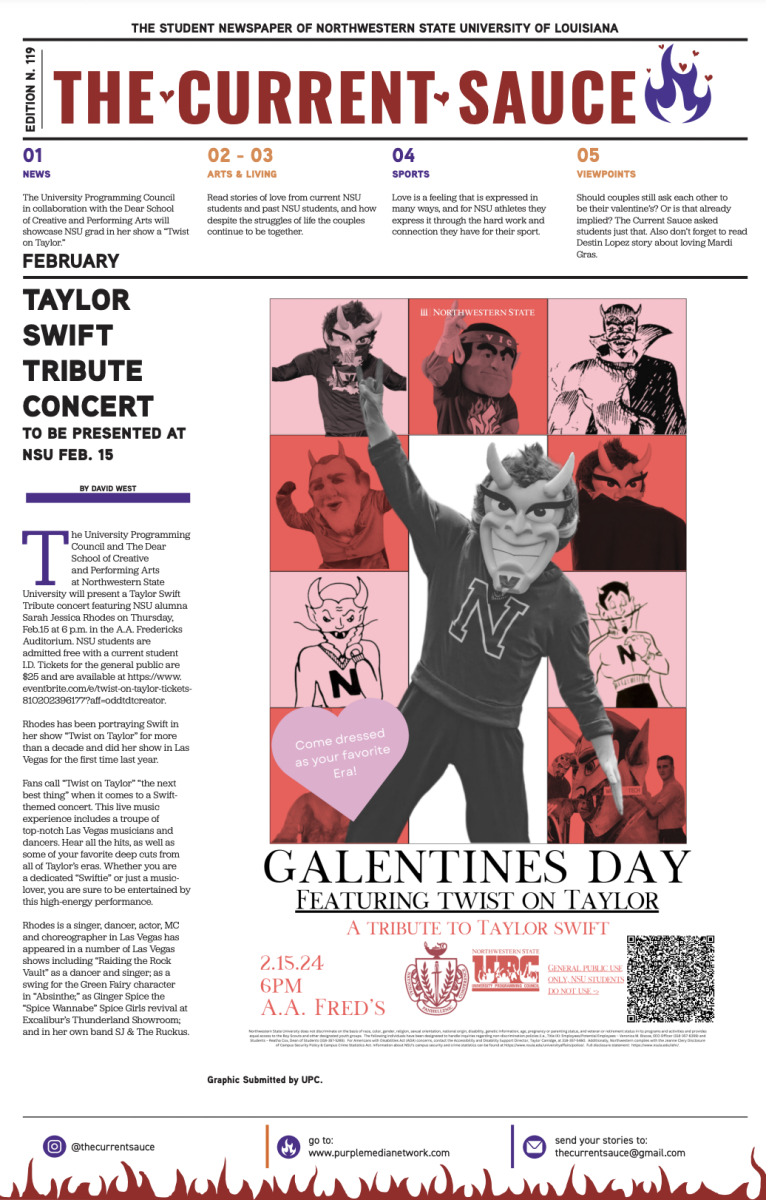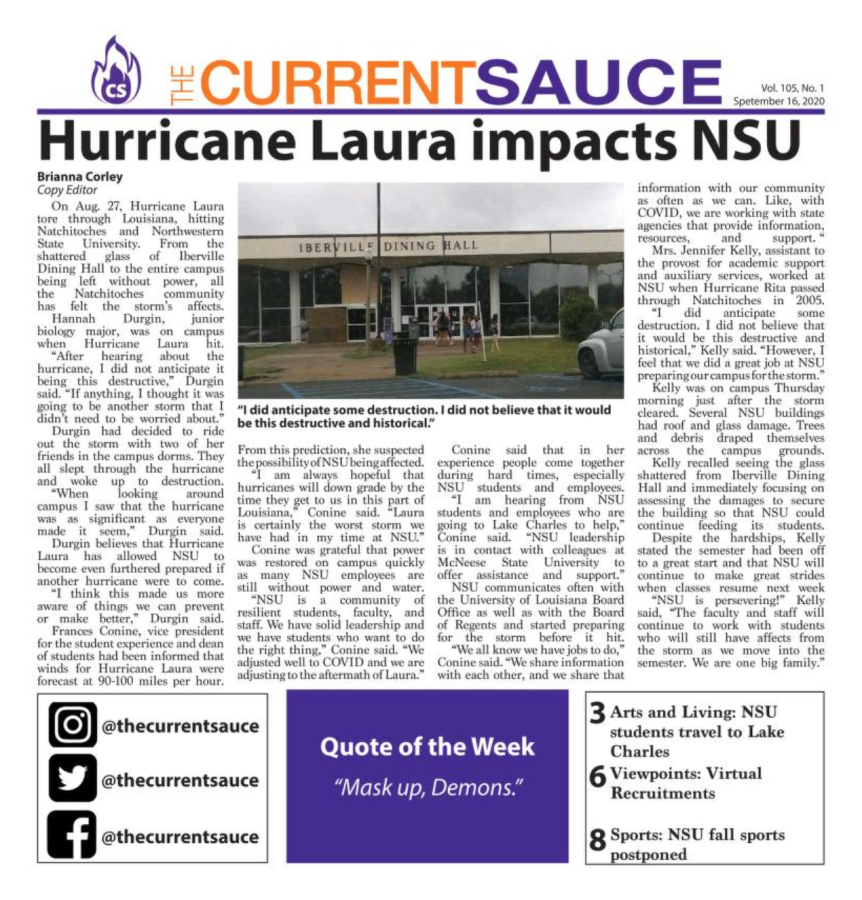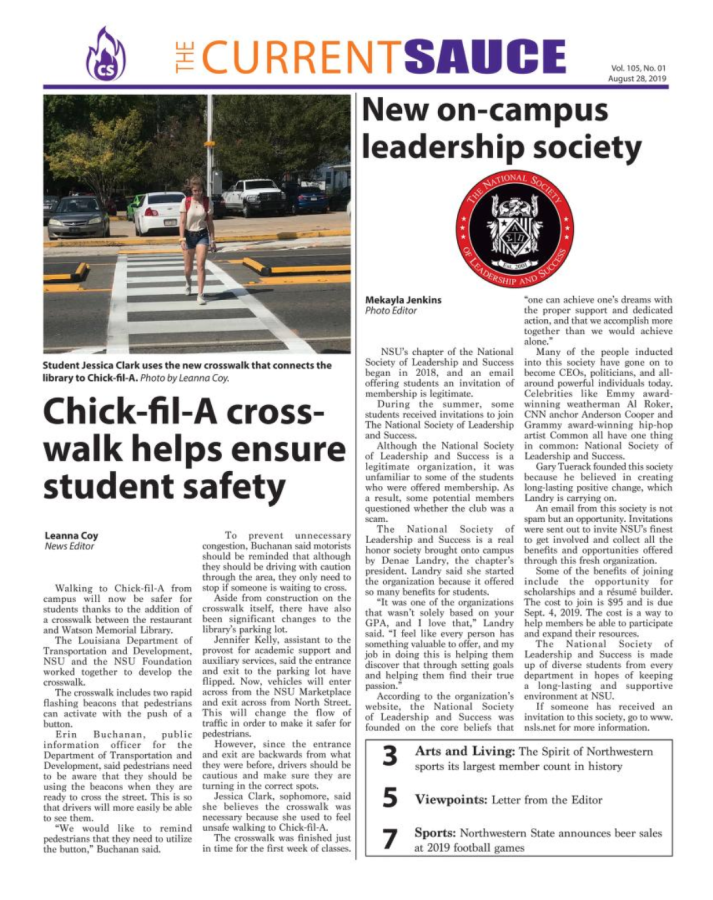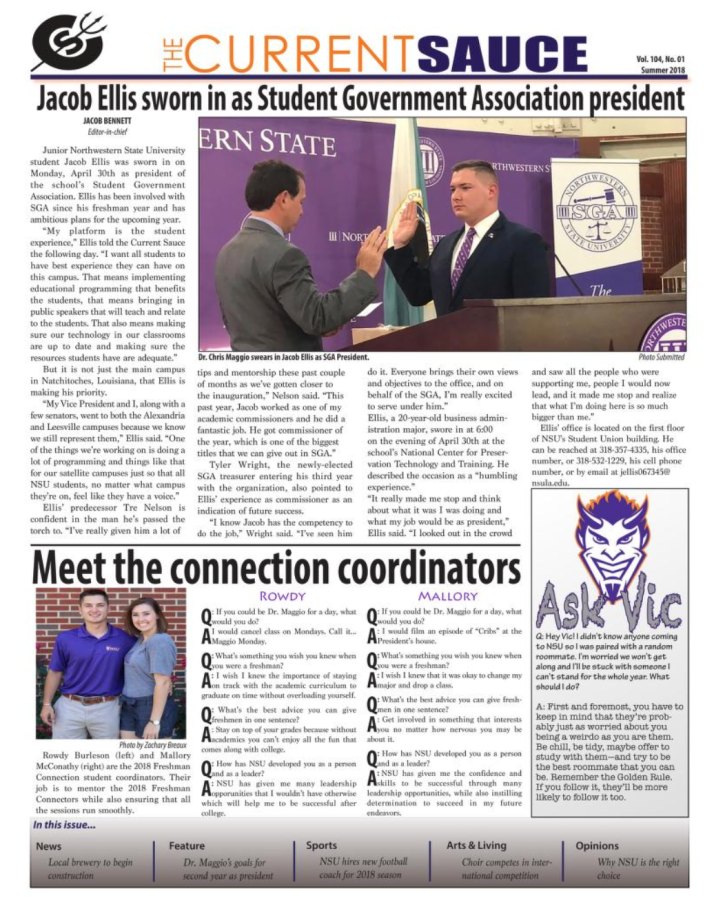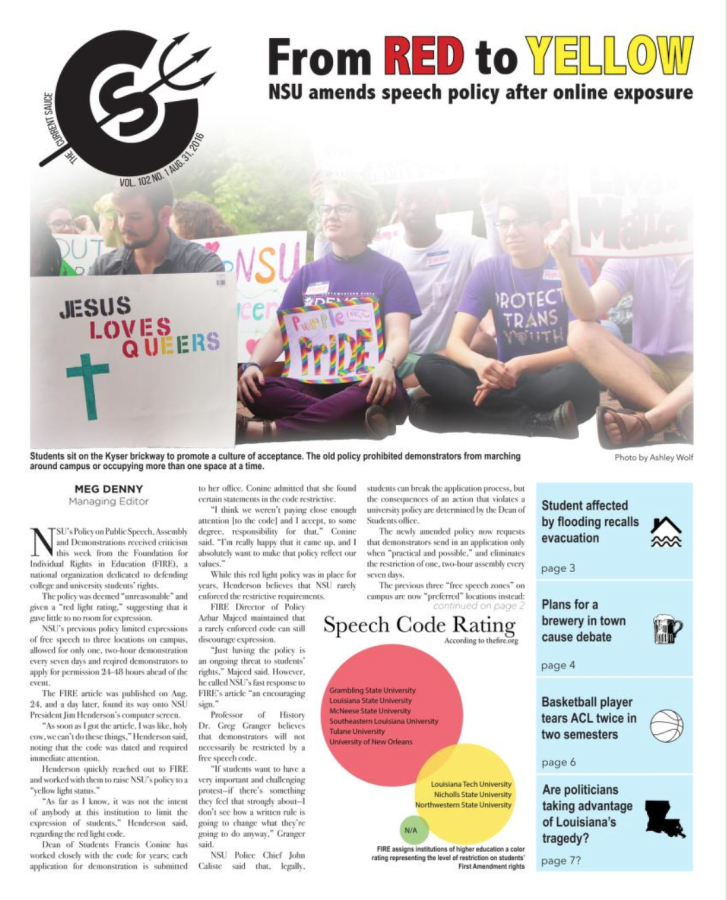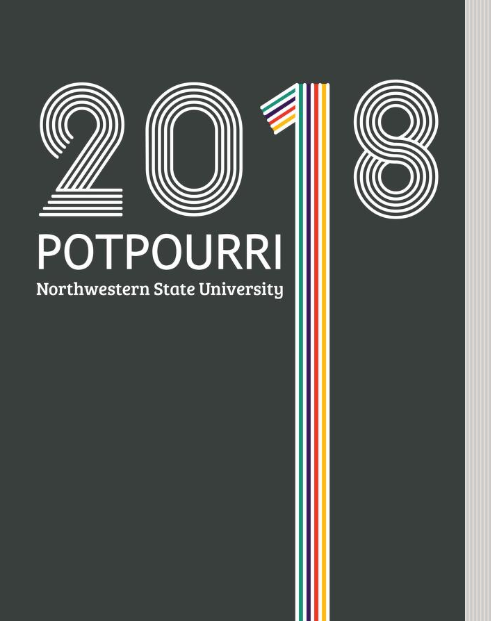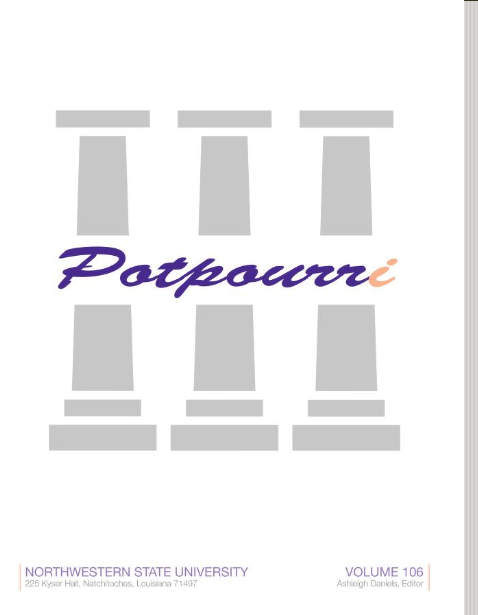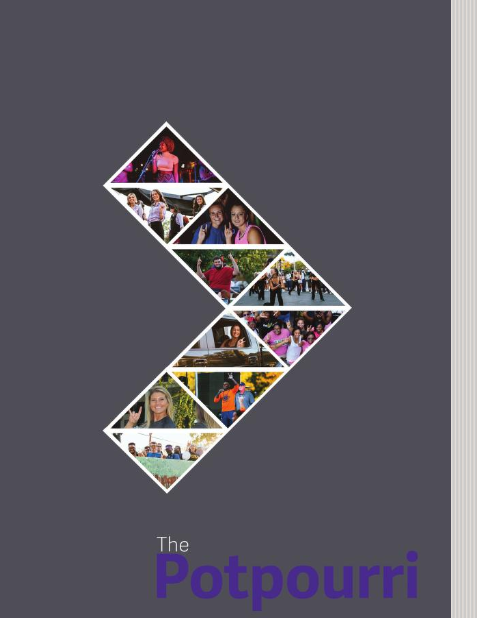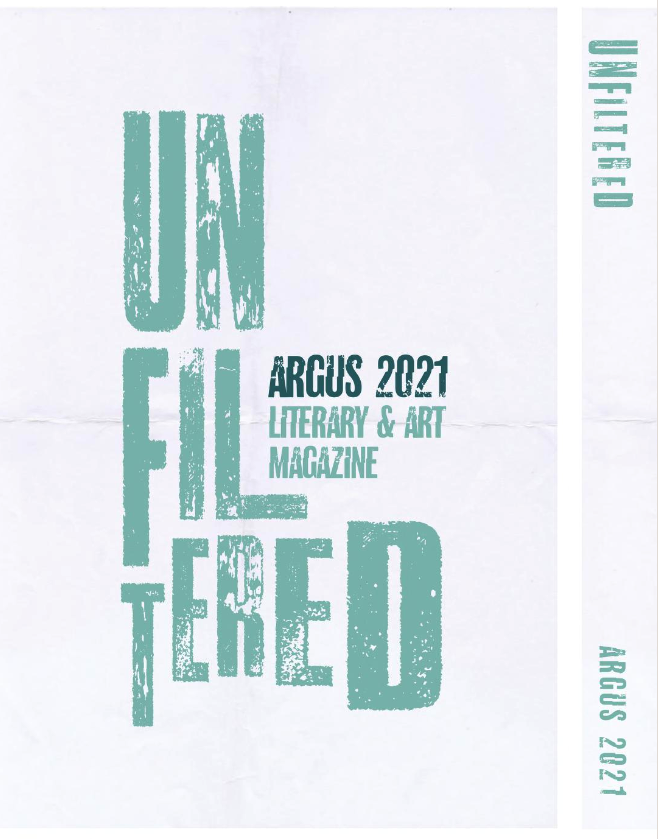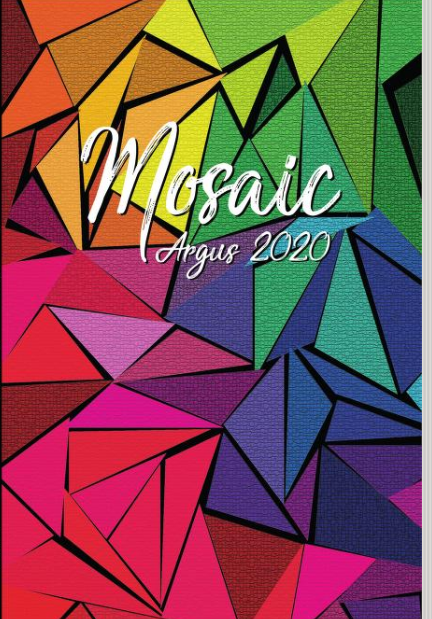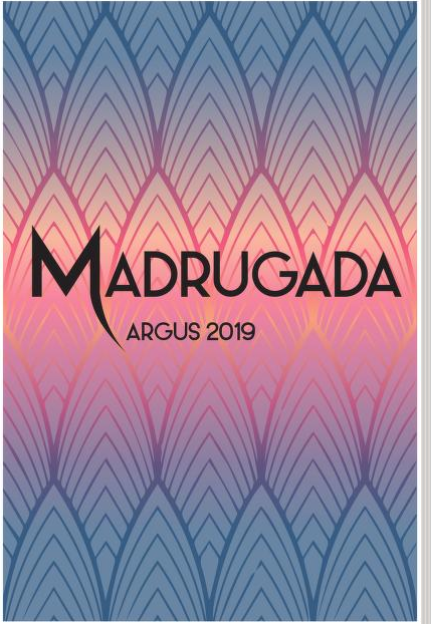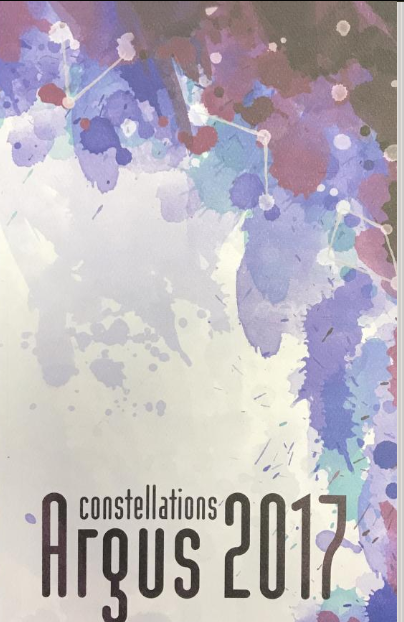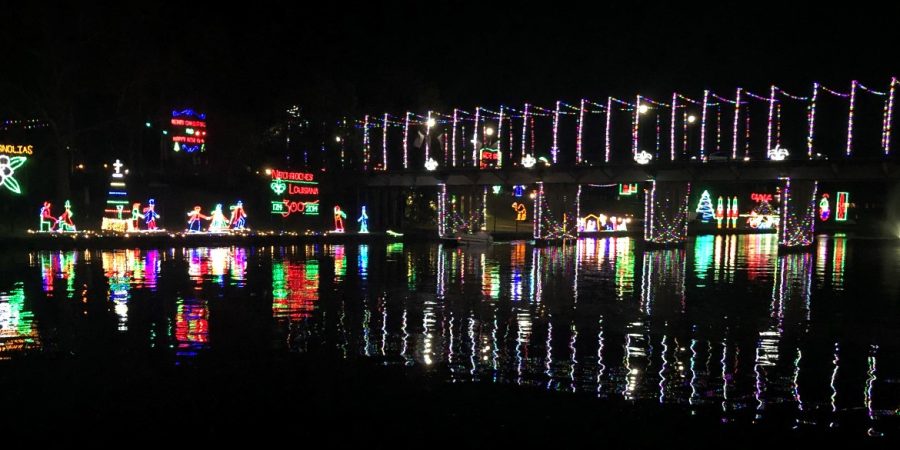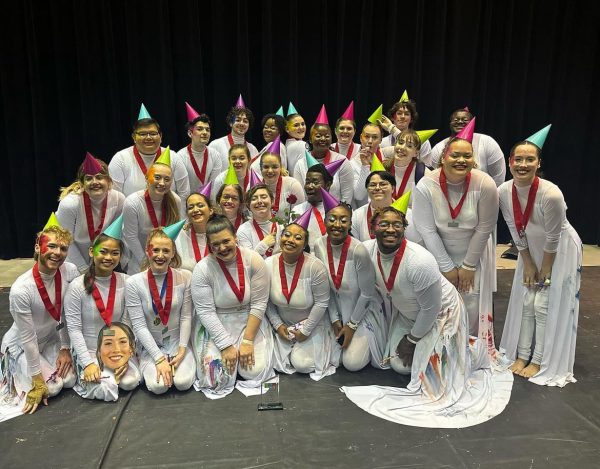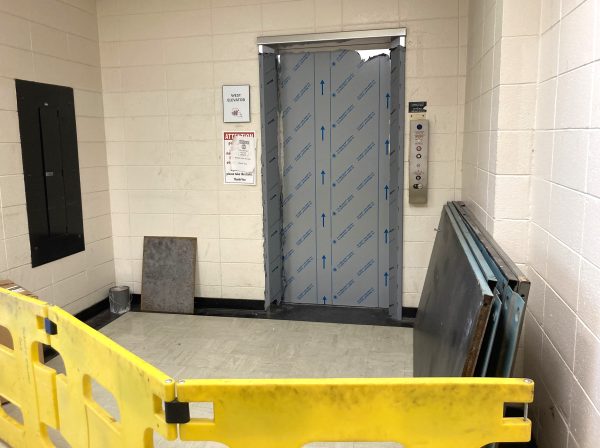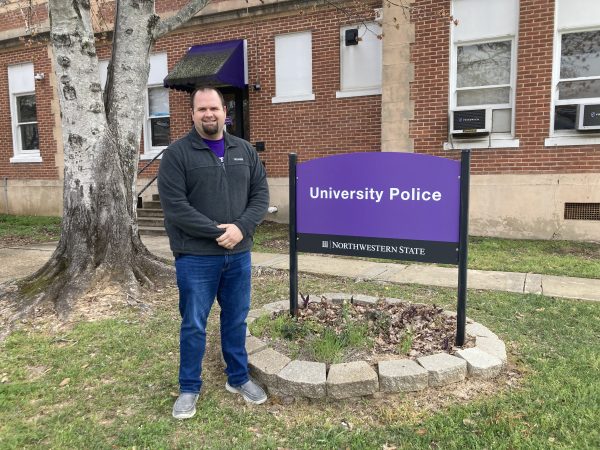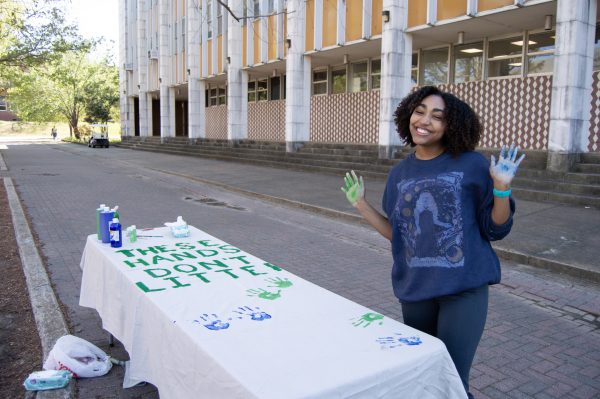The rich history of the Natchitoches Christmas Festival
Colorful and bright Christmas decorations will pop up all around the city, specifically on Front Street along the Cane River, to prepare Natchitoches for the festival celebrations.
The city of Natchitoches will enter its 95th year celebrating the annual Natchitoches Christmas Festival, a tradition that gives Natchitoches its nickname the “city of lights.”
Colorful and bright Christmas decorations will pop up all around the city, specifically on Front Street along the Cane River, to prepare Natchitoches for the festival celebrations.
According to a pamphlet made by the Natchitoches Area Convention and Visitors Bureau to celebrate the 75th anniversary of the Natchitoches Christmas Festival, the festival hosts over 300,000 lights sprung up around the town and is recognized nationally with thousands coming in just to see the lights, fireworks and celebrations on the bank.
But when, why and how did it originate?
According to Images of America: Natchitoches, Rue Front Street was bricked in the 1920s and the bricks which were laid there still remain today. This along with other expansions to the city’s infrastructure laid the groundwork for future development. In 1926, the city’s chief electrician, Max Burgdof, approached several of the city’s businesses for donations of lights, so that they can be hung around Rue Street. Over the years, additions were made like Christmas props and decorations. A total of 40 set pieces and decorations were made by local artists including Burgdof himself that are still used today.
It is entirely unknown why Burgdof decided to even decorate the town, but some that were close to him speculate that he did it simply out of love for the community.
According to Natchitoches and Louisiana’s Timeless Cane River, in 1936, Charles Soloman took over the organizing of the festival and included fireworks. The original budget given was only 300$, but today is now 50,000$.
The Chamber of Commerce has decided to host annual festivities on the first Saturday of Christmas that would include parades and fireworks. More additions to the festival drew larger crowds to the city and its festivities. It is unsure when the first Christmas parade occurred, but it is estimated to be sometime in the 1940s. Today, the parade begins from NSU’s gates and ends at Rue Street.
More tourism in the area inspired more innovative food traditions. Meat pies earned national recognition in 1967, when a resident of Natchitoches, James Lasyone, opened Lasyone’s Meat Pie Kitchen on Second Street.
It is unknown where meat pies originated exactly, but according to James Lasyone, they’ve been around since the 1930s, with African-American businessmen selling them from carts for only a dime.
According to Volume 1 of the Creole Chronicles from the Louisiana Creole Heritage Center at NSU, some claim meat pies to be either an Indigenous cuisine from the Natchitoches Indian Tribe, and others claim it to be Spanish inspired by the empanada. This is what makes a meat pie specifically creole cuisine, because of the mixture of tastes and backgrounds.
But, good food and beautiful lights aren’t all that make the festival well known. It is also because of the hard work of others that put Natchitoches on the map. According to a Diamond Jubilee, people like Betty Jones, the former director of the Chamber of Commerce and the Parish Tourist Commission, endlessly promoted the event.
“I remember traveling around the state trying to drum up interest in what most people called ‘that little old festival.’ It was a hard sell, most people couldn’t even spell the city’s name and couldn’t find it,” Jones said.
The Natchitoches’ Christmas Festival has earned its spot in the top 100 events in North America. The event attracts over 100,000 visitors today and is seen not only as an important cultural and historical tradition, but as an important economic opportunity for both local businesses and the city itself.

Lia Portillo Cantarero is a junior communication major. This is her third year in The Current Sauce and as Editor-in-Chief she hopes to raise awareness...

